Medical Skin Needling, also referred to as Collagen Induction Therapy (CIT) and Micro-Needling, is considered to be a relatively new concept within the plethora of aesthetic treatment options available for skin rejuvenation, having come about in the format that we now see since 2005.
Like many of the other treatments available it is aimed at stimulating the body’s own collagen production to reduce the appearance of fine lines and wrinkles, stretch marks, skin laxity and scarring such as that caused by acne or chicken pox. It has also been successfully applied to the indication of hair restoration in cases of alopecia.
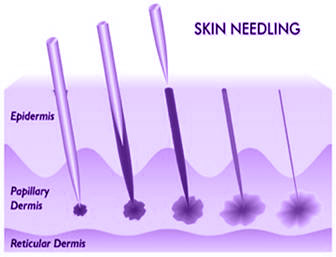 This is achieved by introducing a series of fine, sharp needles into the skin following the administration of a topical local anaesthetic, in the case of medical grade devices, to reduce discomfort. The needles are attached to a single use, sterile roller or to a needle plate at the end of an automated pen-like device which is moved over the surface of the skin to create many microscopic channels or columns, approximately 0.07- 0.25mm wide, at various depths of penetration. In the case of medical rollers this is within the papillary dermal layer of the skin where collagen and elastin fibers are located (see illustration). Cosmetic rollers however reach a much shallower level in the epidermis where they aid absorption of topical ingredients. These minute punctures close over almost immediately as the channels created are very small.
This is achieved by introducing a series of fine, sharp needles into the skin following the administration of a topical local anaesthetic, in the case of medical grade devices, to reduce discomfort. The needles are attached to a single use, sterile roller or to a needle plate at the end of an automated pen-like device which is moved over the surface of the skin to create many microscopic channels or columns, approximately 0.07- 0.25mm wide, at various depths of penetration. In the case of medical rollers this is within the papillary dermal layer of the skin where collagen and elastin fibers are located (see illustration). Cosmetic rollers however reach a much shallower level in the epidermis where they aid absorption of topical ingredients. These minute punctures close over almost immediately as the channels created are very small.
This “damage” to the dermis encourages the body to produce more new collagen and elastin which generate new skin cells to literally “repair” itself, thus the skin becomes thicker, plumper and more youthful. Although primarily used on the face, this procedure can be carried out anywhere on the body, such as on stretch marks on the thighs and abdomen, and generally on all skin types.
There are a number of different roller devices, such as Genuine Dermaroller™, Roll-CIT™ and MTS-Roller™ now available to the UK marketplace aimed at medical skin needling. These vary in needle length, from approximately 0.02mm, designed for personal, cosmetic use at home, often in conjunction with a skin care regime, as the minute skin punctures assist the absorption of any active ingredients which improve and maintain the appearance of the skin. Needle length on some devices can reach up to 3mm, designed for professional, medical use which will achieve a more significant result on skin regeneration when used by a trained practitioner to induce new collagen formation. Often, the at-home roller will be recommended for use for several months during and following conclusion of a treatment programme with the professional roller, in conjunction with an appropriate skincare regime to both promote and maintain rejuvenation results. Use of the so called cosmetic rollers is deemed safe to carry out at home due to the minimal level of needle insertion and is considered to be virtually painless by most people.
As this treatment has evolved, automated systems have been developed. Of course they are not automated rollers, but in fact automated needle bearing stamps fixed to a hand-held or pen-like unit which is operated in a continuous motion across the skin. They have been designed to improve the ease-of-use, speed and flexibility of medical needling treatments, and to augment the achievable treatment results whilst reducing pain and discomfort. Devices being used include Dermapen and eDermastamp.

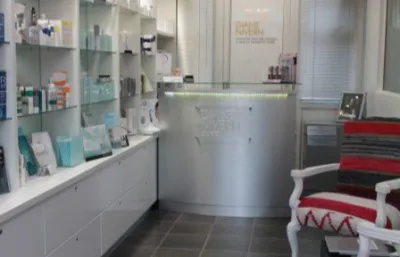

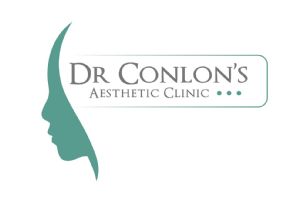
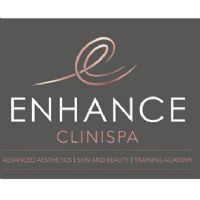

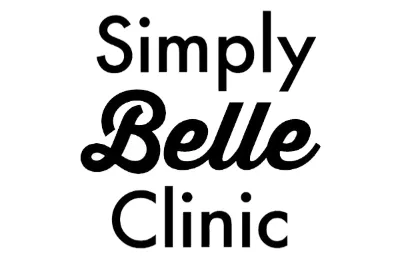

.jpg)

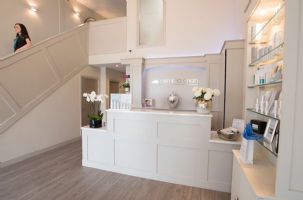
.jpg)
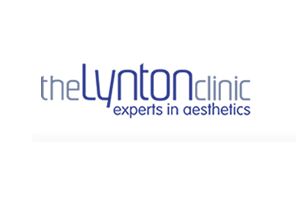

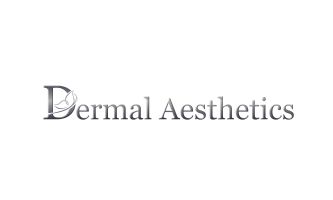
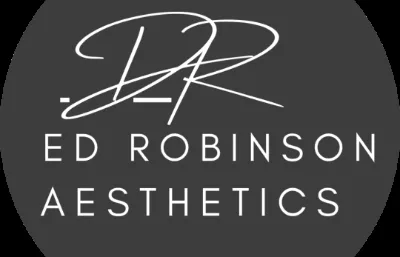
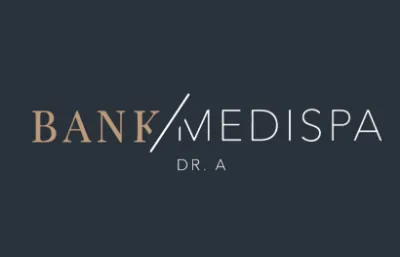




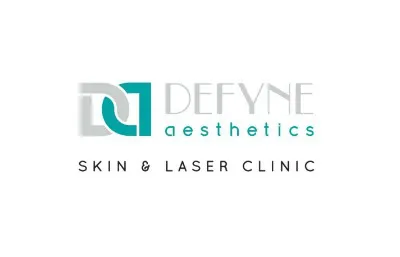

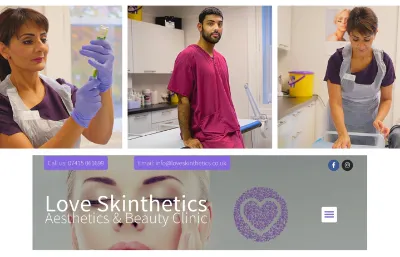
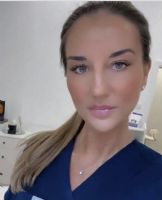


 This is achieved by introducing a series of fine, sharp needles into the skin following the administration of a topical local anaesthetic, in the case of medical grade devices, to reduce discomfort. The needles are attached to a single use, sterile roller or to a needle plate at the end of an automated pen-like device which is moved over the surface of the skin to create many microscopic channels or columns, approximately 0.07- 0.25mm wide, at various depths of penetration. In the case of medical rollers this is within the papillary dermal layer of the skin where collagen and elastin fibers are located (see illustration). Cosmetic rollers however reach a much shallower level in the epidermis where they aid absorption of topical ingredients. These minute punctures close over almost immediately as the channels created are very small.
This is achieved by introducing a series of fine, sharp needles into the skin following the administration of a topical local anaesthetic, in the case of medical grade devices, to reduce discomfort. The needles are attached to a single use, sterile roller or to a needle plate at the end of an automated pen-like device which is moved over the surface of the skin to create many microscopic channels or columns, approximately 0.07- 0.25mm wide, at various depths of penetration. In the case of medical rollers this is within the papillary dermal layer of the skin where collagen and elastin fibers are located (see illustration). Cosmetic rollers however reach a much shallower level in the epidermis where they aid absorption of topical ingredients. These minute punctures close over almost immediately as the channels created are very small.